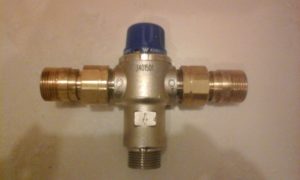Got a leaking toilet? Here’s what you need to know
One of the most common calls we get here at Plumb is:
“My toilet is leaking.”
If that sounds familiar, you’re not alone. A leaking toilet is one of those everyday plumbing issues that’s easy to ignore — until you realise just how much water it’s wasting.
In fact, even a moderate leak can waste up to 1,000 litres of water a day. That’s a huge amount — especially if you’re on a water meter, or if you’ve been affected by low water levels like we sometimes experience here during Wellington Summers. Whether you’re environmentally conscious or just want to avoid a higher water bill, a running toilet is something worth fixing quickly.
How to Spot a Leaking Toilet Early
The good news is that you can often catch the issue before it worsens. Keep an eye out for:
-
Water slowly trickling into the bowl between flushes
-
A faint, constant ripple on the water’s surface
-
Older toilets with an overflow pipe on the cistern may show visible drips
These are all signs your toilet may be running — or “leaking” — even when it hasn’t been flushed.
What’s Really Going On?
Here’s the thing: while we call it a leaking toilet, it’s usually not the toilet bowl itself that’s leaking. The problem almost always lies in the cistern — the tank at the back that holds the flush water.
Over time, the rubber and plastic components inside the cistern wear out. Cleaning chemicals and water additives can also contribute to corrosion. As a result, the internal parts that control water flow stop doing their job properly, and water continues to run into the bowl.
Fixing a running toilet typically means replacing or repairing these parts — and the good news is, it’s usually a quick and straightforward job for a plumber.
Need Help with a Leaking Toilet?
If you’ve noticed the signs or just want peace of mind, give us a call. Craig, our experienced plumber, has helped hundreds of Wellington homes sort out their running toilets quickly and affordably.
Don’t let a small leak turn into a big water bill. Get in touch today — we’re here to help.




